This week’s theme is bugs and insects. Our “Growing Minds Day by Day” educational resource lists are designed for families and educators.
Growing Minds Day by Day
Bugs and Insects
We hope these resources will provide you with inspiration. If you don’t find what you’re looking for here, be sure to check out our Lesson Plans page.
 Books:
Books:
A Frog in the Bog
Along with one very hungry frog, flies, fleas, snails, slugs, and a tick all make an appearance in today’s bug-themed book recommendation for preschoolers, A Frog in the Bog, written by Karma Wilson and illustrated by Joan Rankin. This lyrical story emphasizes rhyming and counting as the hungry frog gobbles up bugs in the bog, growing bigger and bigger … until his log starts to move! Watch a read-aloud of A Frog in the Bog on YouTube.
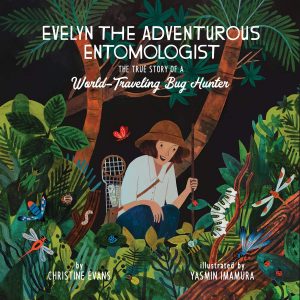 Evelyn the Adventurous Entomologist
Evelyn the Adventurous Entomologist
Children in grades 1-5 will be inspired to follow their dreams and blaze new paths when they read our next book recommendation, Evelyn the Adventurous Entomologist: The True Story of a World-Traveling Bug Hunter, written by Christine Evans and illustrated by Yasmin Imamura. Learn the story of a pioneering English scientist and explorer Evelyn Cheesman, who was the first woman to take charge of the London Zoo insect house, and who later embarked on eight solo expeditions to collect insects on distant islands. Watch a read-aloud of this book on YouTube.
Find more books
Looking for more bug-themed children’s books for your young entomologist? Visit the Growing Minds’ farm to school literature database to browse our collection of recommended books. Type “insects” into the search bar to discover books that align with this week’s theme.
 Local Food Recipe:
Local Food Recipe:
Be sure to let your kids help prepare today’s fun and healthy snack of Ants on a Log or Ants on a Boat.
Kids can… wash the celery or apples, spread peanut butter on the stalks or slices, and arrange raisins, cranberries, or blueberries as “ants”. Make snack time more fun by following up with a sing-along of The Ants Go Marching, which lets young children practice rhyming and counting.
Ants on a Log…or on a Boat!
Serves 4
Ingredients:
- 4 stalks of celery
- 2 Tbsp. peanut butter or other nut butter
- Handful of raisins
Directions:
- Wash celery stalks, then slice each stalk in half so that you have 8 pieces of celery in total.
- Spread each stalk with peanut butter and top with raisins.
- Enjoy your snack!
No celery in the fridge? Make “Ants on Boats” instead by substituting apple wedges for celery, spreading the peanut butter along the top of each wedge and adding raisins for little ant sailors! Get creative by trying some of the variations below of Ants on a Log, or mix and match to make up your own recipe:
- Cream cheese and dried cranberries
- Sunflower seed butter and blueberries
- Cream cheese mixed with Ranch dressing and green peas
- Humus and Goldfish pretzels
- Guacamole and black beans
 Educational Resources:
Educational Resources:
While adults sometimes feel uncomfortable around bugs, children are typically fascinated by these tiny creatures. Insects are the most diverse group of organisms on the planet, with millions of known species and many more that scientists have not yet classified.
Insects are characterized by having an exoskeleton, three-part body, six legs, and one set of antennae. This means that some of the creatures that we commonly refer to as “bugs”, including spiders, centipedes, and worms, are not actually insects at all!
Insects act as both friends and foes of humans in the garden, with some pesky insects, such as aphids, dining on our vegetable crops, while others, like the lady beetle and praying mantis assist with pest control. Meanwhile, different species of butterflies, moths, bees, wasps, ants, and even beetles aid in pollinating flowers. Many of the fruits and vegetables we eat rely on insects for pollination.
Bug Info from the Smithsonian
To explore the wonderful world of insects with your child, visit the Smithsonian Institution’s Bug Info site, which includes insect facts, science fair project ideas, tips for keeping insects as pets, and beautiful photos of some of the incredible insects found in the museum’s extensive collection.
Growing Minds Insect Lesson Plans
This week we’re recommending the following Growing Minds lesson plans:
- Insect Exploration: children will learn about the many types of insects that live in the garden and their characteristics. They’ll explore insect facts and learn to distinguish between true insects and other small creatures, such as spiders and worms.
- Insects in the Garden (preschool): children will take a bug walk in the yard or garden to locate insects and other bugs. They’ll learn how to observe (rather than harm) living things in the garden and natural environment. Bring paper and crayons on your bug walk and invite your child to record their observations of the bugs they find.
- Insect Jeopardy (4-5 grade): children use books and handouts to create game show questions about soils and then form teams and play the game.
Activities:
Itsy Bitsy Spider
Act out the popular Itsy Bitsy Spider nursery rhyme with your child(ren), then get creative and make up your own versions of this rhyme featuring different bugs!
The itsy bitsy spider crawled up the water spout.
Down came the rain, and washed the spider out.
Out came the sun, and dried up all the rain,
and the itsy bitsy spider went up the spout again.
This Week in the Garden
Check out the Growing Minds This Week in the Garden (TWIG) newsletter for the second week in May for more garden-related activities, recipes, and journal prompts.
Bug Craft:
SAHC Education Presents – Spiders!
Learn fascinating facts about spiders—including the endangered Spruce-Fir Moss Spider, which is found only in the Southern Appalachian Mountains—by watching this interactive video made by the educators at Southern Appalachian Highlands Conservancy. The video includes a tutorial (at 5:12) so that kids can create their own spider and web craft using pipe cleaners, yarn, popsicle sticks, and glue.
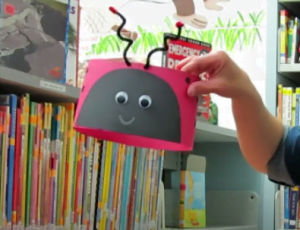 Ladybug’s Birthday
Ladybug’s Birthday
Watch a librarian read the book Ladybug’s Birthday by Steve Metzger, then follow along as she teaches children to make a ladybug birthday hat (at 6:11) using construction paper, pipe cleaners, crayons, googly eyes, and glue.
That’s it for this week. Next week’s Growing Minds Day by Day theme will be Worms! Be sure to check back next week for new resources. Click here to access Day by Day resources from past weeks.
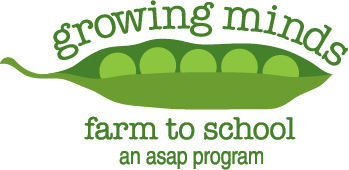
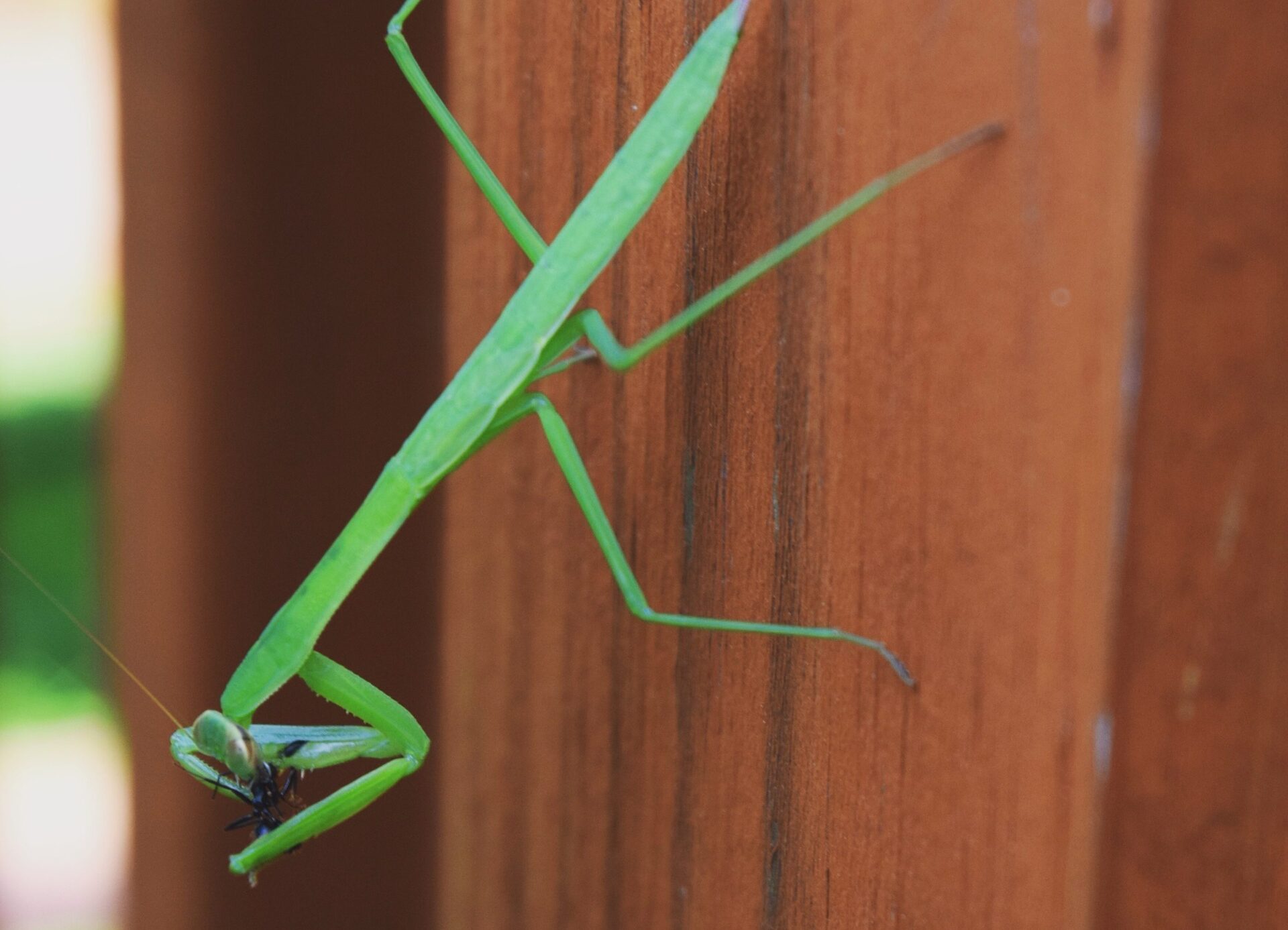
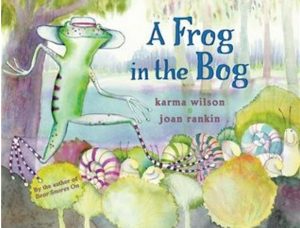 Books:
Books: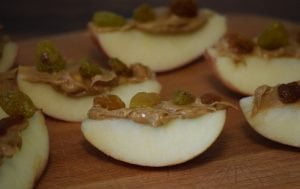 Local Food Recipe:
Local Food Recipe: Educational Resources:
Educational Resources: